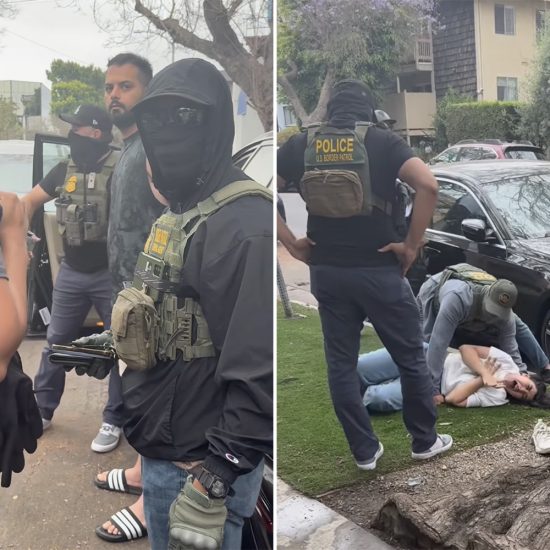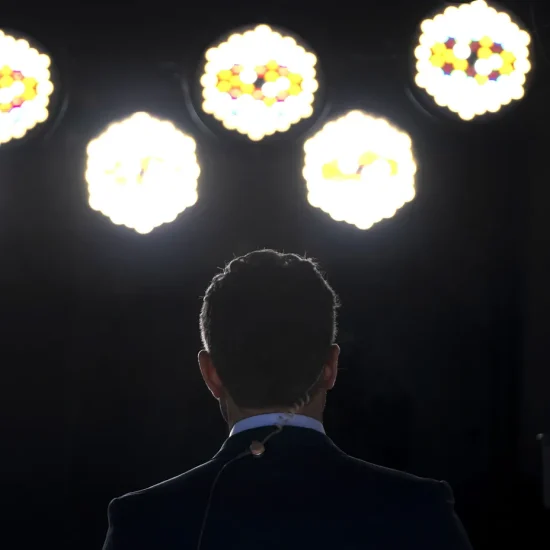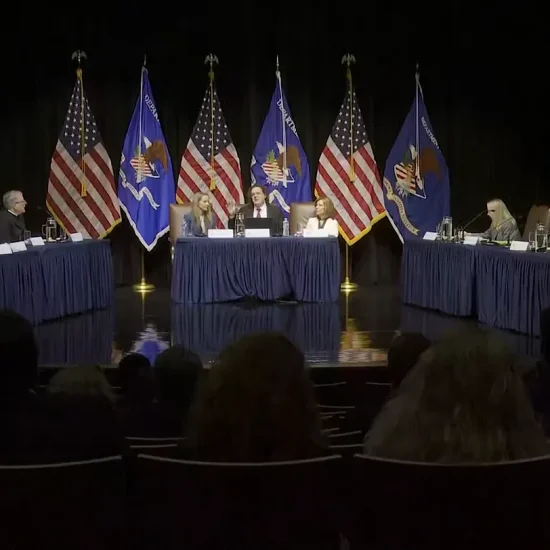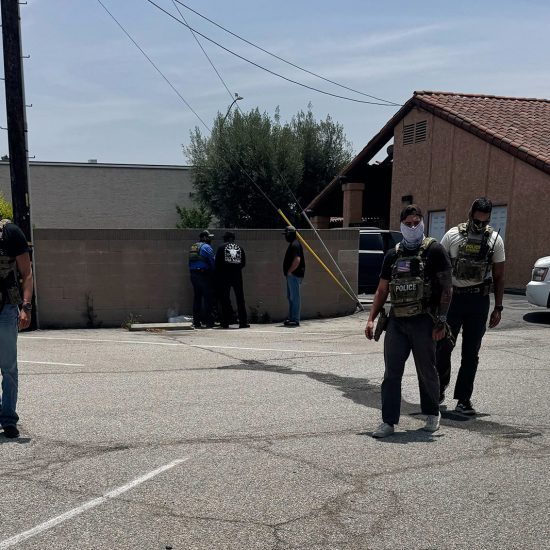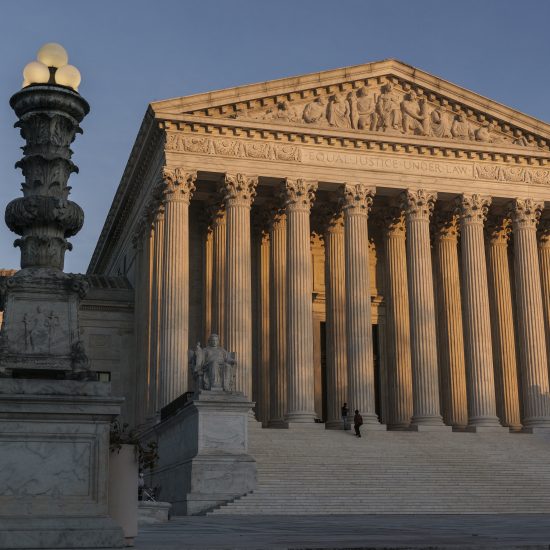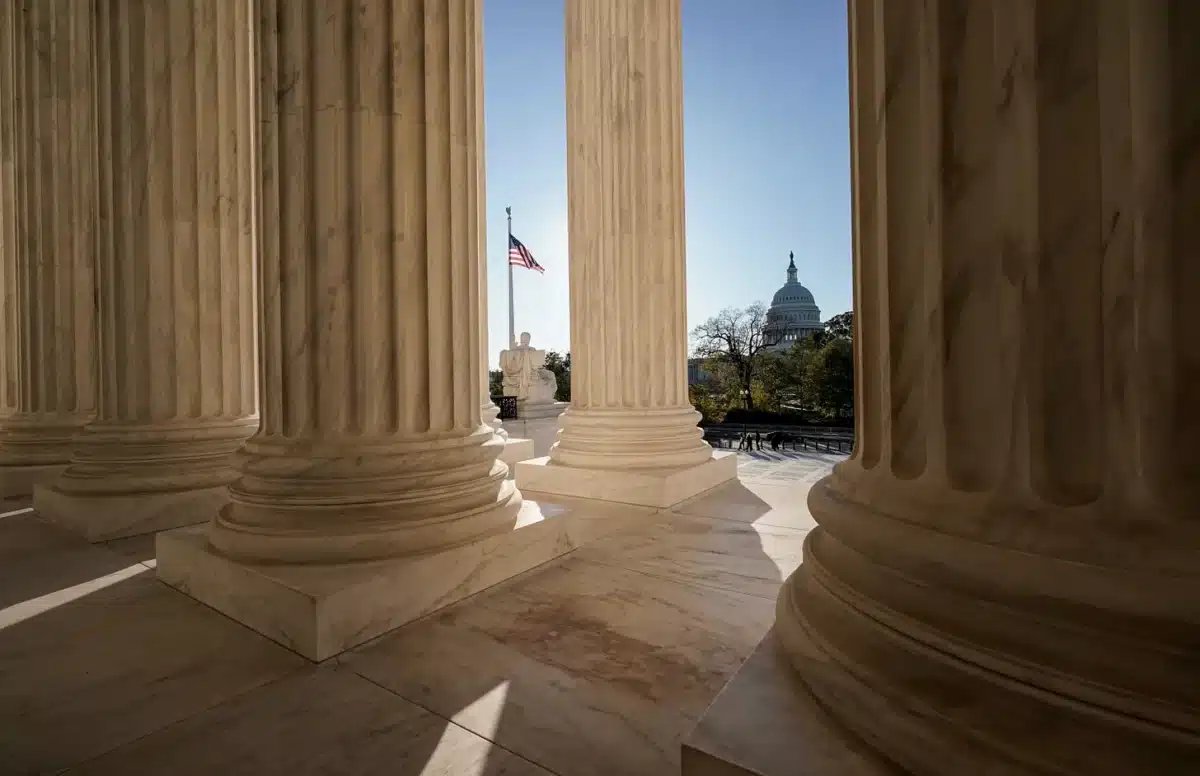
This guest post is written by Holly Hollman, general counsel and associate executive director at BJC (Baptist Joint Committee for Religious Liberty). She co-hosts the Respecting Religion podcast, which released a new episode about the Religious Freedom Restoration Act today.
Thirty years ago today, President Bill Clinton signed into law landmark legislation called the Religious Freedom Restoration Act, commonly known as “RFRA.” BJC led a broad coalition of dozens of religious and civil liberties organizations that built support and pushed for its passage. Dedicated to the Baptist and American ideals of religious freedom for all, BJC advocates for laws that reflect the proper relationship between the institutions of religion and government. Maintaining this relationship is central to our country’s commitment to religious liberty and to a just society.
RFRA was designed to provide protection for the exercise of religion when it is incidentally and unintentionally harmed by government regulations. It wasn’t written or intended to address any specific religious claim or to guarantee any specific result in a given case. It wasn’t written to assist any particular religion. The examples cited for its need were often small, minority religious groups — such as the Amish or Hmongs — whose practices may not be well-known and could be easily overlooked in the process of lawmaking. Importantly, RFRA excluded no particular kinds of claims; instead, it set a standard by which all claims for exemptions to laws would be evaluated.
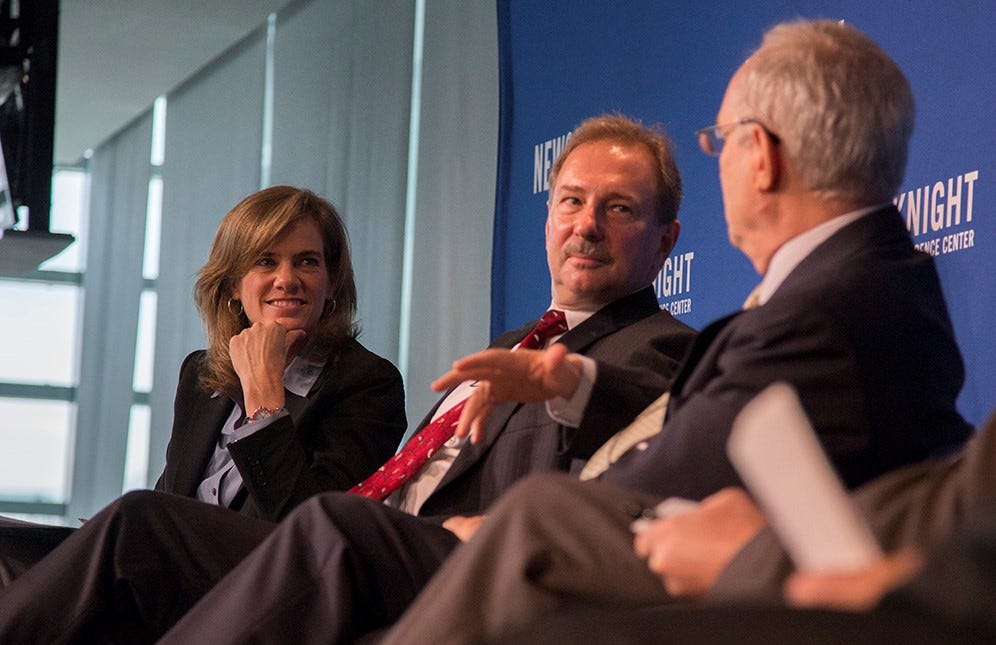
BJC General Counsel Holly Hollman (left) participates in a panel conversation during a symposium marking the 20th anniversary of the Religious Freedom Restoration Act at the Newseum in Washington, D.C., on Nov. 7, 2013. (BJC)
Though the circumstances and scope of religious exemptions deserve debate, they have been associated with our country’s religious liberty tradition from its beginning. Exemptions for Quakers from oath-taking and military service come to mind. In 1990, the U.S. Supreme Court seemingly altered that expectation in its decision in Employment Division v. Smith. In that decision denying the free exercise claim of Native Americans who were denied unemployment benefits under a state law because they ingested sacramental peyote, the Supreme Court shockingly said the First Amendment isn’t violated when neutral, generally applicable laws conflict with religious practices.
At the urging of the religious and civil liberties groups that came together to create the Coalition for the Free Exercise of Religion, Congress responded to the decision in Smith by passing RFRA. As its name suggests, the legislation was intended to restore protections for religious freedom. However, the extent to which RFRA restored prior law or established new protections was subject to debate.
Looking back, RFRA’s enactment marked an impressive coming together of diverse interest groups for a common purpose: creating a statutory right for citizens to challenge substantial government-imposed burdens on their religious exercise. RFRA requires the government to justify such burdens with compelling government interests. Democrats and Republicans were united in their support for the measure. In the Senate, the champions were Sen. Ted Kennedy, D-Mass., and Sen. Orrin Hatch, R-Utah. Anniversaries provide opportunities to review and reflect on significant events, take stock of achievements, acknowledge failures, and reevaluate goals. The 30th anniversary of RFRA is an occasion to revisit and reimagine a shared commitment to religious freedom for all.
Since its passage, there have been many changes in the law and the culture affecting how RFRA and religious liberty, in general, are perceived. There have also been many applications that go unnoticed. RFRA (and state laws with the same name that were modeled on its standard) has been applied to claims by a wide variety of religious adherents, including Christians, Jews, Muslims, new religions, and Native American religions. In these ways, the law appears to work as intended. RFRA is broadly applicable as a standard to aid religious exercise but is certainly not determinative in all cases.
Religious liberty advocates from the coalition in the 1990s have acknowledged in more recent years that while some RFRA-related disputes had been anticipated, others had not. One unexpected application of RFRA has been in disputes brought by large for-profit corporations (Hobby Lobby) and nonprofit religiously affiliated entities (Little Sisters of the Poor) to avoid providing or facilitating certain health care benefits to employees through employer-run health care plans. Since the COVID-19 pandemic, which certainly could not have been predicted, disputes over the application of vaccine mandates have dominated religious exemption discussions and made consensus about exemptions more difficult.
But as our country’s experiences with the pandemic should have shown us, there’s also a need to look out for each other, and there are some government interests that will be severely harmed by too readily granting exemptions. There are many criticisms lodged at RFRA and the assertion of religious exemptions in the law. Some propose amending the law to exclude certain claims; others suggest protections for conscience are not strong enough.
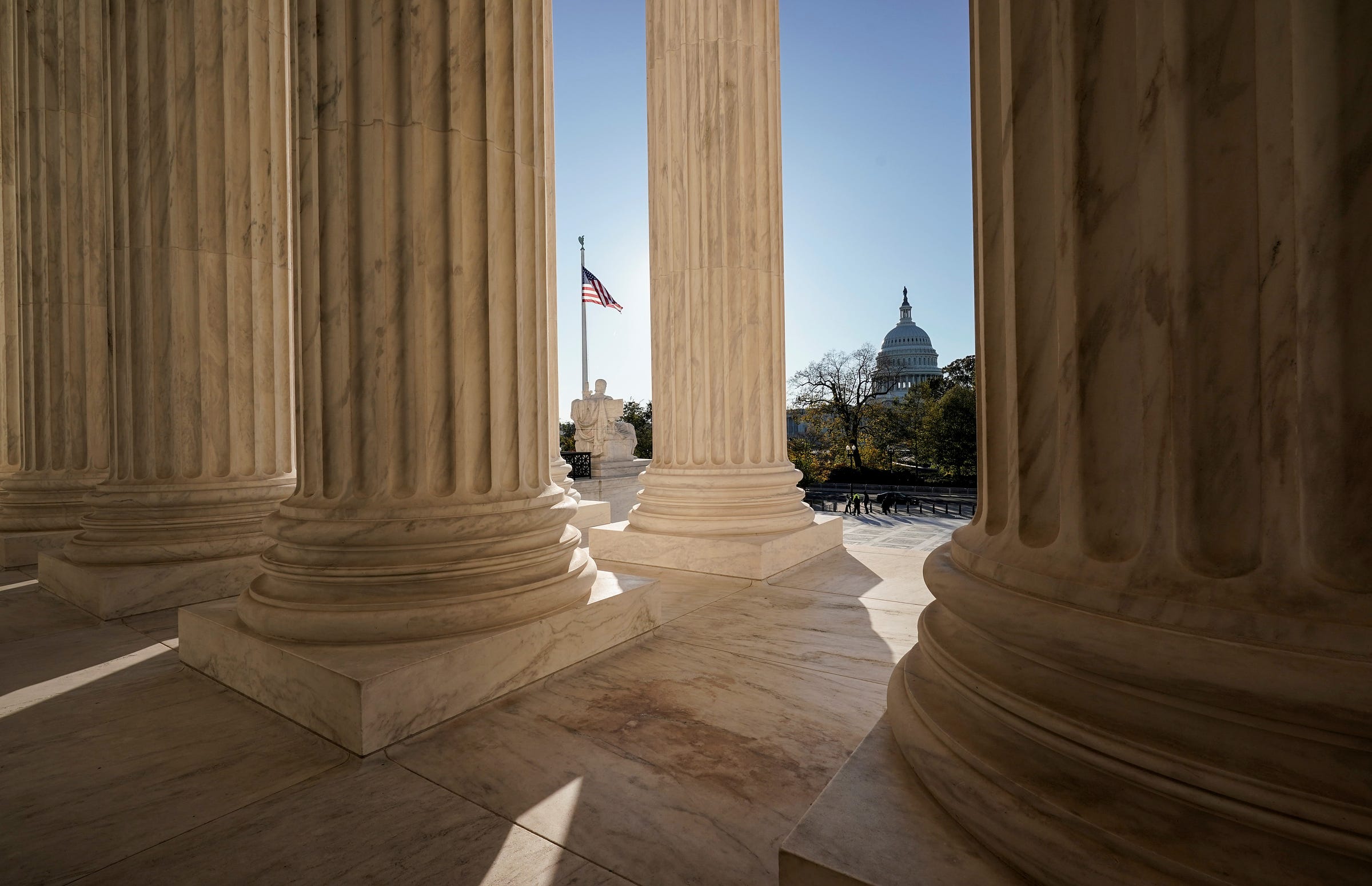
The U.S. Capitol, as seen from the U.S. Supreme Court. (J. Scott Applewhite/Associated Press)
One part of the RFRA legacy that I believe the bipartisan, broad coalition that originally backed its passage can still agree on is the importance of individual religious practice and exemptions as a core value of religious freedom. The Constitution protects religion, both beliefs and exercise. RFRA provided a strong basis for individual claims for religious exemptions, protecting those who might not have protection otherwise. Yet its impact in contexts that tilt the balance in ways that cause harm to others — including customers and employees — has had the negative consequence of causing some to reject all exemptions.
RFRA is only part of the complex legal landscape that involves religious exemptions and provides the basis for courts weighing religious claims for relief from government burdens on religious exercise. Judges and justices alike look to individual state statutes that have the same high standard alongside the federal Religious Land Use and Institutionalized Persons Act and recent Supreme Court decisions under the Free Exercise Clause of the U.S. Constitution. Numerous other laws provide for specific religious exemptions.
While deep political divisions can make finding common ground on religious liberty more difficult, the story of RFRA’s creation and impact offers a reminder of the important role of religious exemptions. RFRA’s chief aim — giving individual claims for religious exercise in the face of government-imposed burdens a chance to prevail — continues to be worthy of our shared commitment to each other.
As a public witness,
Holly Hollman

